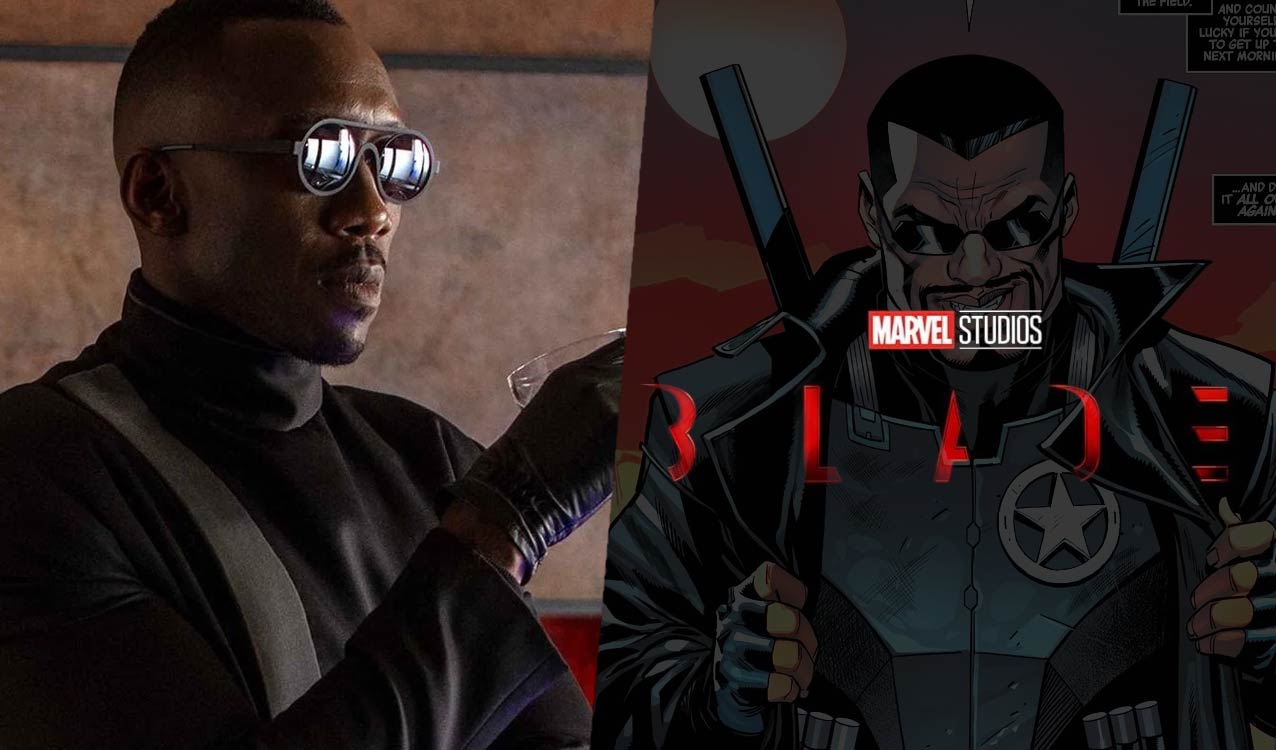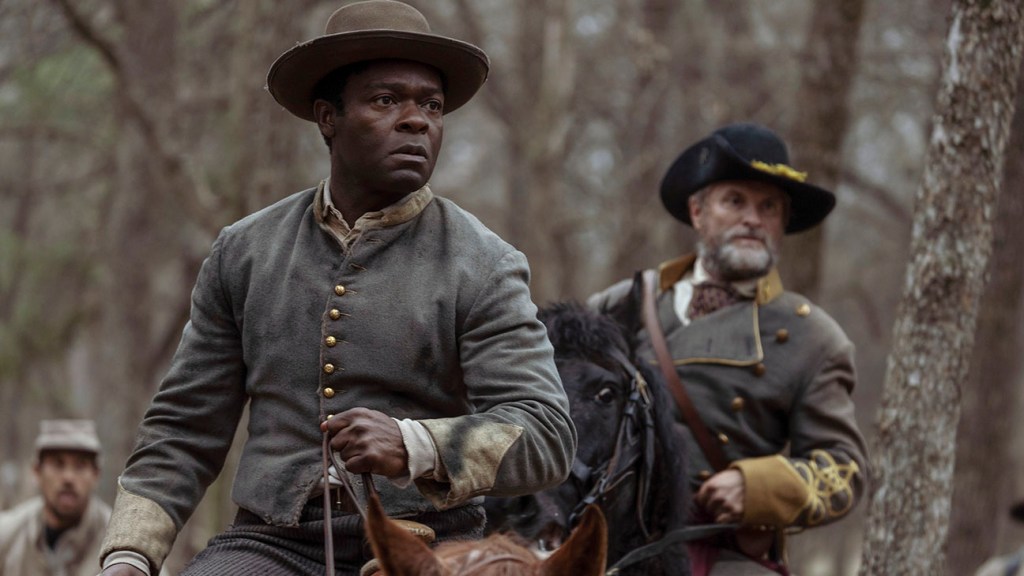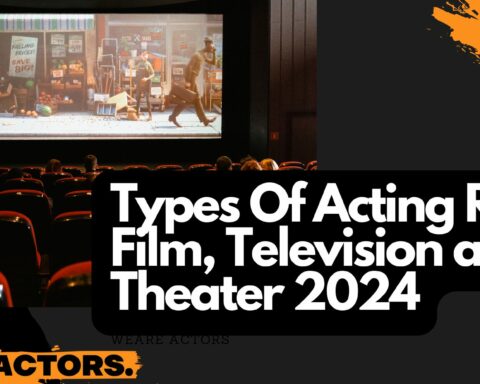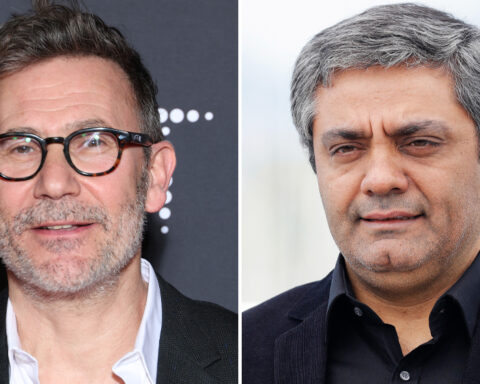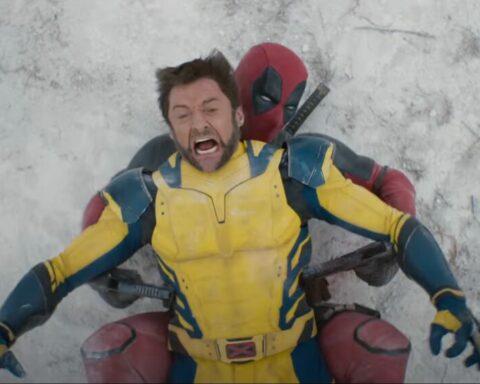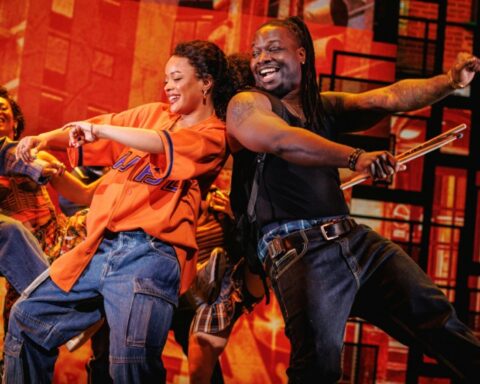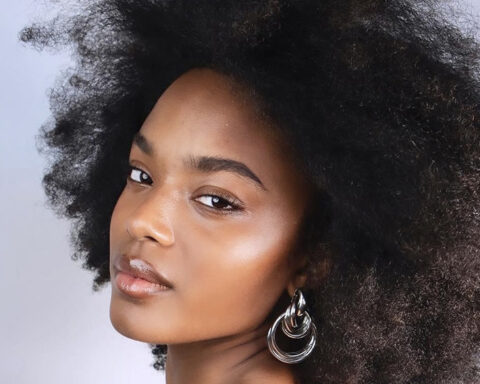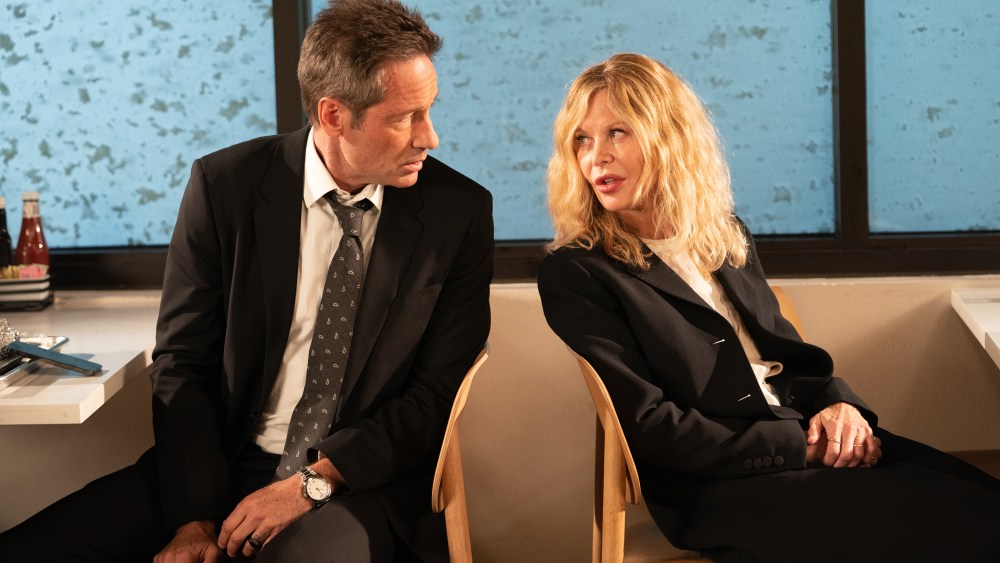
Meg Ryan not only dazzles before the camera in “What Happens Later,” but behind it as well, as director and co-writer. Through the prism of one former couple’s relationship woes, this effervescent, enlightened romantic comedy explores our innate need for reconciliation within ourselves and with each other. It’s a delight to welcome Ryan back to the silver screen after an extended hiatus, and in the genre she helped rejuvenate alongside filmmakers like Rob Reiner and Nora Ephron (to whom this film is touchingly dedicated).
Adapting Steven Dietz’s play “Shooting Stars” with Dietz and Kirk Lynn, Ryan delivers her own assured spin on the formula, subverting it while highlighting the characters’ witty repartee and poignant sorrow. Perhaps she learned a thing or two from Reiner and Ephron through creative osmosis.
Our story starts with a metaphor: two snowflakes falling from the sky, twirling and comingling in a sometimes harsh dance, descending upon a tiny regional airport. Bill (David Duchovny) is on his way to Austin when he spots his Boston-bound ex-girlfriend Willa (Ryan) while both are searching for a power outlet. Their re-meet-cute — after 25 years apart — is strained, as small talk quickly devolves into discussing the superficial particulars of their split, and insecurities and resentment set in once again. The widescreen format stresses their cavernous rift, with Willa on one side of the frame and Bill on the far opposite end.
Their unspoken wish to part as friends, not foes, looks unlikely. That is until the storm of the century rolls in, forcing the pair together for the night. Their heated conversations ebb and flow, oscillating from the state of the world to the state of their lives. Bill, a practical-minded man suffering from self-diagnosed anticipatory anxiety, is going through a split from his wife, and is eager to mend a disagreement with his daughter. Willa, a free-spirited wannabe wellness guru, is also grappling with secretive difficulties of her own. As the former flames sort through their feelings on the past and present, they reveal unforgotten, uncomfortable truths and reignite a spark that never fully fizzled.
Ripping a page from “Destination Wedding,” the film compels its audience to focus on two people’s chatter rather than the background noise and extras — which aren’t without merit, adding to the tangibility of the setting. Considering this is based on a play, it blessedly never feels stagey and instead has a crisp, vibrant energy. Because the set pieces change in form, broadening the scope of their function in a manner similar to “Prelude to a Kiss” (another Ryan-led romcom adapted from the stage), the dialogue flows freely, never feeling rehearsed. The sound design increases the claustrophobic anxiety, specifically when juxtaposing Willa and Bill’s argument with the storm raging in the background, or the soundtrack’s plastic covers of ’90s pop hits.
Themes of connection and the transitory, delicate nature of love reverberate brilliantly throughout — not solely in the narrative, but also through the production design, with its giant metallic heart sculpture and paper plane installation. Costume designer Kiley Ogle outfits everyone from the leads to the extras in shades of black and white — a subtle irony when Willa and Bill are dealing in gray areas when it comes to their viewpoints on the dissolution of their romance. Ryan and cinematographer Bartosz Nalazek also illuminate the couple’s darker, more introspective facets.
The announcer (voiced by Hal Liggett, a pseudonym for a yet-to-be-revealed actor) acts as a God-like voice booming from the PA system, while video boards, displaying double-sided commentary like “everything is pending” and “check your connections,” further hammer the script’s points home. And when it gets to the inevitable — a montage where the pair tool around the darkened empty terminals in a golf cart and dance to The Lighting Seeds’ “Pure” in a warmly lit hallway as snow falls softy outside — the charm factor is upped tremendously.
Duchovny gives a nicely textured performance, blending comedy with disarming vulnerability, turning in different notes of sincere and sweet than in his previous outing “Return To Me.” Ryan digs deeper into her character’s pathos than she has in previous films of this ilk, specifically the sour that’s masked by sunshine. It’s significant when Willa alternates between calling her ex Bill, W or William, revealing a lot about her fleeting feelings: playful, honest, or at arm’s length. Ryan imbues her with depth and dimension, at once adorable and tender.
It’s heartening to see the woman who elevated the rom-com game continuing her quest with “What Happens Later.” Innovatively eschewing genre tropes like the “you lied to me” moment, the grandiose gesture and the chase to the boarding gate, Ryan favors authentic character drive — with just a little twee magic sprinkled in.
‘What Happens Later’ Review: Meg Ryan and David Duchovny’s Welcome Return to Rom-Coms

